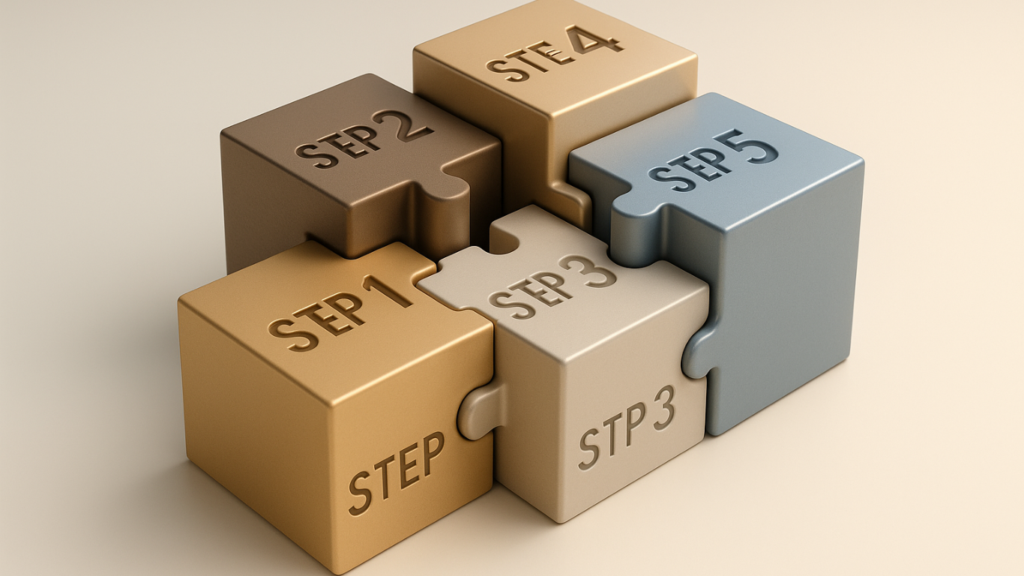
5 Ways Board Structure Impacts Stock Performance
When it comes to investing in SGX stocks, the structure of a company’s board can heavily influence its stock performance. Here are five key factors

When it comes to investing in SGX stocks, the structure of a company’s board can heavily influence its stock performance. Here are five key factors

Volatility arbitrage is about trading volatility, not price movements. The goal? Profit from the difference between implied volatility (IV) (market expectations) and realised volatility (RV)

Trading journals are your go-to tool for improving your trading performance. It helps you track your financial goals, analyse your trades, and manage emotions that

Custom rebalancing is a method that helps you manage your investments by keeping them aligned with your original goals, like a 60% stocks and 40%

News sentiment models analyse financial news, blogs, and corporate disclosures to identify positive or negative tones. These models help traders predict market volatility, manage risk,

Momentum divergence is when price moves in one direction, but indicators like RSI, MACD, or Stochastic move the other way. This mismatch often signals a

GDP growth is a key economic indicator that impacts markets like stocks, currencies, and bonds. For traders, understanding GDP trends helps predict market movements and

Machine learning is changing trading by using alternative data – non-traditional information like social media, satellite imagery, and web traffic. Here’s the key takeaway: Traders

Most trading losses aren’t due to bad strategies – it’s because emotions take over. Fear, greed, and frustration can ruin even the best trading plans.

Free cash flow (FCF) is a key metric to understand a company’s actual cash generation, beyond what net profit shows. It’s critical for valuing businesses
This content is for informational and educational purposes only and should NOT be construed as financial advice, investment advice, or any form of recommendation regarding the suitability of any investment product, strategy, or transaction. The information provided here is general in nature and does not take into account your personal investment objectives, financial situation, or specific needs. Investing in financial products and markets involves inherent risks, including the potential loss of principal. Past performance is not indicative of future results. Before making any investment decisions, you should carefully consider your own circumstances and seek independent professional financial advice from a qualified and licensed financial advisor in Singapore. You should also conduct your own due diligence and understand the associated risks. The creator of this content is not a licensed financial advisor and is not regulated by the Monetary Authority of Singapore (MAS) to provide financial advisory services. Reliance on the information provided herein is solely at your own risk.